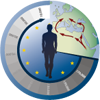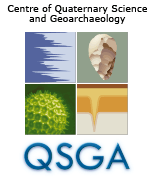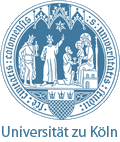Michael Staubwasser, Virgil Drăgușin, Bogdan P. Onac, Sergey Assonov, Vasile Ersek, Dirk L. Hoffmann, and Daniel Veres
PNAS published ahead of print August 27, 2018 https://doi.org/10.1073/pnas.1808647115
Edited by Richard G. Klein, Stanford University, Stanford, CA, and approved July 30, 2018 (received for review May 19, 2018)
Abstract (from the article)
Two speleothem stable isotope records from East-Central Europe demonstrate that Greenland Stadial 12 (GS12) and GS10—at 44.3– 43.3 and 40.8–40.2 ka—were prominent intervals of cold and arid conditions. GS12, GS11, and GS10 are coeval with a regional pattern of culturally (near-)sterile layers within Europe’s diachronous archeologic transition from Neanderthals to modern human Aurignacian. Sterile layers coeval with GS12 precede the Aurignacian throughout the middle and upper Danube region. In some records from the northern Iberian Peninsula, such layers are coeval with GS11 and separate the Châtelperronian from the Aurignacian. Sterile layers preceding the Aurignacian in the remaining Châtelperronian domain are coeval with GS10 and the previously reported 40.0- to 40.8-ka cal BP time range of Neanderthals’ disappearance from most of Europe. This suggests that ecologic stress during stadial expansion of steppe landscape caused a diachronous pattern of depopulation of Neanderthals, which facilitated repopulation by modern humans who appear to have been better adapted to this environment. Consecutive depopulation–repopulation cycles during severe stadials of the middle pleniglacial may principally explain the repeated replacement of Europe’s population and its genetic composition.
more information:







